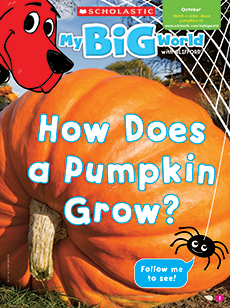Where Are Winter Animals? Lesson Plan
What We Are Learning
Science Focus:
animal behavior
Vocabulary:
act out word meanings
Language:
visual discrimination/vocabulary
Math:
counting
- Tell children that when the winter turns cold, some animals hide. They go into a deep sleep all winter. This is called hibernation. Then read Time to Sleep by Denise Fleming. When you’re done, say that not all animals sleep during the winter. Some are awake! Then read the issue. paired text
Movement: Musical Hibernators
Materials: something to play music with
- This spin on musical chairs is a fun way to reinforce the concept of hibernation.
- Have children pretend to be hibernating animals. Point out places in the classroom that might make a good place to “hibernate,” such as pillows in the library corner or beneath a large table.
- Put on lively music. Tell children that while the music plays, it’s autumn—they can scurry around and get ready to hibernate. When the music stops, it’s winter, and they must find a safe place to curl up and go to sleep. gross motor skills/science concepts

Materials: sensory bin, sand, acorns
- This activity blends science, math, and cooperation.
- Tell children that to get ready for the winter, animals need to find food. For example, chipmunks collect acorns. Children can pretend to be chipmunks getting ready for the winter and do the same!
- Fill your sensory bin with sand, and bury acorns. Let children use their hands to dig and search for the nuts. When they find one, have them put it aside in a bowl. They can work together with their peers to find as many as they can. When they’re done, have them count how many they found. Then bury the acorns and do it all over again! counting
